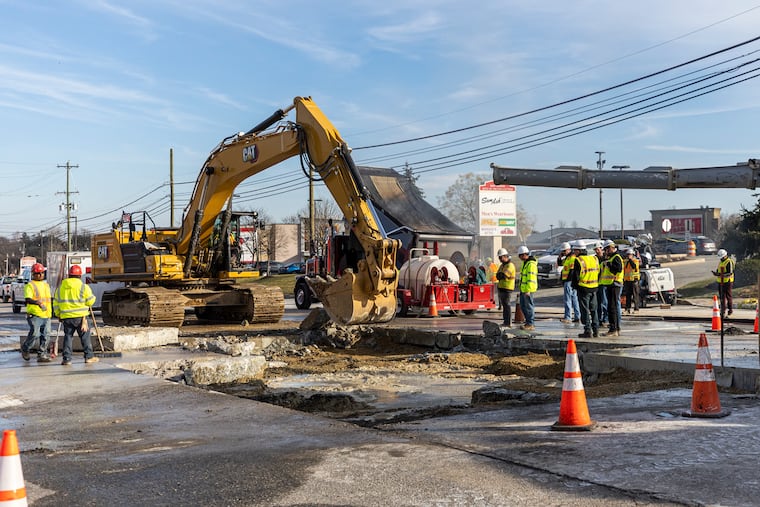Route 202 has another sinkhole. Why does this keep happening in King of Prussia?
This ground depression has arrived in time to add some delays to King of Prussia holiday shopping traffic, but what even is it and why is it happening? We explain.

This ground depression has arrived in time to add some delays to King of Prussia holiday shopping traffic, but what even is it and why is it happening? We explain.
